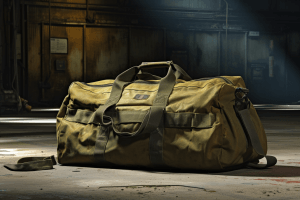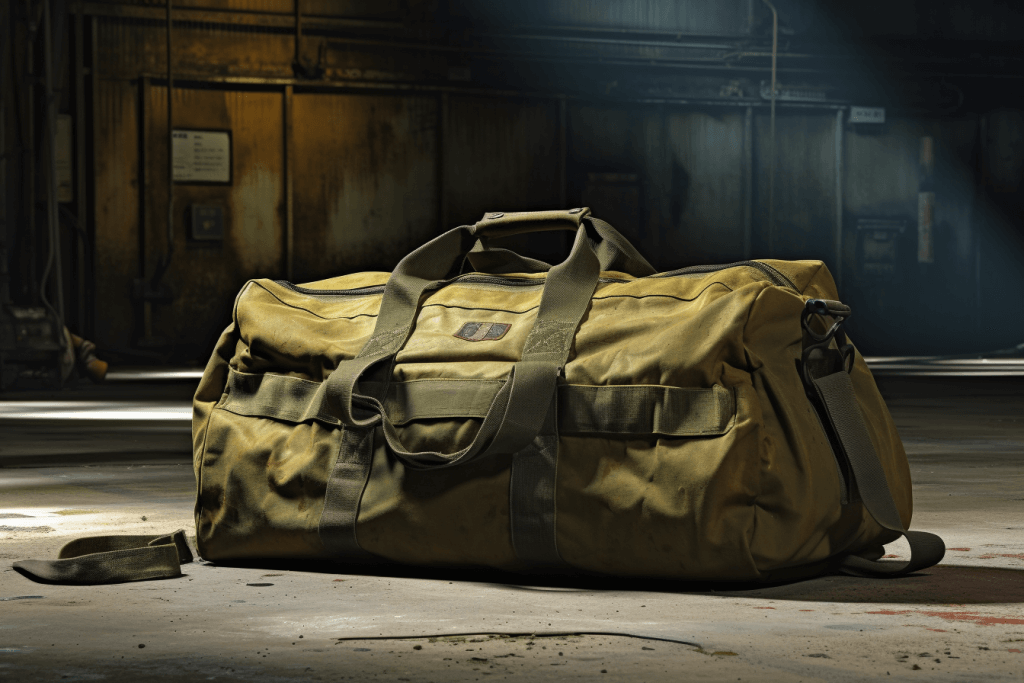Welcome to “My Go Bag”
My Go Bag is Your Practical Guide to Preparedness
This site is a resource dedicated to turning the ordinary person into a practical yet hopeful prepper.

Understanding the Go Bag Philosophy and Emergency Kits
Let’s talk emergency kits. I know what you’re thinking: “What am I, some kind of doomsday prepper?” No, you’re just a sensible human who doesn’t want to be that person googling “how to make a flashlight out of a potato” the next time the power goes out. Trust me, no one wants to be that person.
Here’s the deal: start small. Grab an old backpack or tote bag—something sturdy but not so fancy that you’ll cry if it gets muddy. Toss in a couple of water bottles (the kind you forgot in the trunk of your car will do for now) and some snacks that won’t melt, spoil, or require a can opener—think granola bars, trail mix, or those little fruit pouches that kids swear by. Got pets? Throw in some kibble or a can of food for them. They’re part of the family, after all.
Now, let’s get practical. Add a flashlight and extra batteries—because if you’re anything like me, the batteries in your flashlight are as dead as disco. A basic first-aid kit is a no-brainer. You don’t need a hospital on the go, just some bandages, antiseptic wipes, and maybe a pair of tweezers (because splinters are a universal truth). Feeling fancy? Add a multi-tool or a Swiss Army knife—great for everything from opening cans to MacGyver-ing your way out of a jam.
Once you’ve got the basics, it’s time to level up. Swap those water bottles for a couple of collapsible jugs or a water filtration straw. They take up less space and mean you’re not lugging around half a case of Dasani. Upgrade your snacks to something heartier—energy bars, vacuum-sealed pouches of nuts, or even those dehydrated meals campers love to talk about (but never actually enjoy). Pro tip: pick something you might actually want to eat, because disaster or not, no one needs bland mashed potatoes when they’re already stressed.
Next, think about staying warm and dry. A lightweight emergency blanket—those shiny, crinkly ones that look like something astronauts would use—is a lifesaver in the cold. Throw in a poncho or a trash bag, because being wet and cold is the fastest way to go from “I’ve got this” to “Why didn’t I listen to that quirky emergency kit advice?” And let’s not forget gloves. Not the kind for snowball fights, but sturdy work gloves—because if you ever have to move debris or handle anything sharp, you’ll be glad you have them.
By now, your kit is looking pretty solid, but there’s always room for extras. A crank-powered radio? Perfect for staying in the loop when Wi-Fi is just a fond memory. A portable solar charger? It’s like magic for your phone, and let’s face it, you’re going to want to keep TikToking through the apocalypse. A whistle? Small, loud, and weirdly useful in a pinch. And for bonus points, throw in some duct tape. Seriously, duct tape. There’s no problem it can’t at least pretend to fix.
Finally, let’s talk about comfort. A deck of cards or a paperback book can work wonders when you’re stuck waiting things out. Toss in a little cash (small bills—ATMs don’t work when the power’s out), a pen and notebook, and maybe even a pair of clean socks. Trust me, nothing makes a bad day better like fresh socks.
The beauty of building an emergency kit is that you don’t have to do it all at once. Start with what you’ve got, add a little more each week, and before you know it, you’ll have a setup that would make your grandma proud. And when the next storm rolls in or the power blinks out, you’ll be the one sitting there, flashlight in one hand, granola bar in the other, thinking, “Yeah, I’ve got this.”
The Essentials: What You Need to Know
So what goes into your ‘Go Bag’? Our Expert Prepper Tips and Survival Bag Checklist sections will guide you in detail. However, in brief, your bag should contain a selection of essential emergency supplies. This includes items for nourishment, warmth, first aid, hygiene, and communication. The aim isn’t to pack for an apocalypse, but to ensure you have necessary items that could tide you over in an emergency for at least 72 hours–and eventually, having a full set-up in case things go longer.
Tailoring Your Emergency Kit
Remember, your bag should reflect your personal needs. Your Emergency Evacuation Bag might be different if you’re living in an urban area or if you have a large family. Consider personal medical needs, the local climate, and any other specific necessities you may have. Tailoring is an integral part of this process. Regularly reviewing and updating your bag’s contents ensures it stays effective and relevant.
Ready to Go: Practical Preparedness Beyond the Bag
Embracing the philosophy means thinking beyond the bag itself. It extends to a broader emergency preparedness strategy, like creating a home emergency plan, having key documents and contacts ready, and knowing basic survival skills.
At “My Go Bag,” we offer guides and resources for practical preparedness as well as for personal survival.
Join Us on the Journey
We invite you to embrace the philosophy: “Get ready, be ready.”
Start your journey towards practical preparedness with us today. Explore our resources, engage with our community, and remember – we’re not here to alarm, but to empower.
Welcome and remember: don’t get angry, just get ready.

